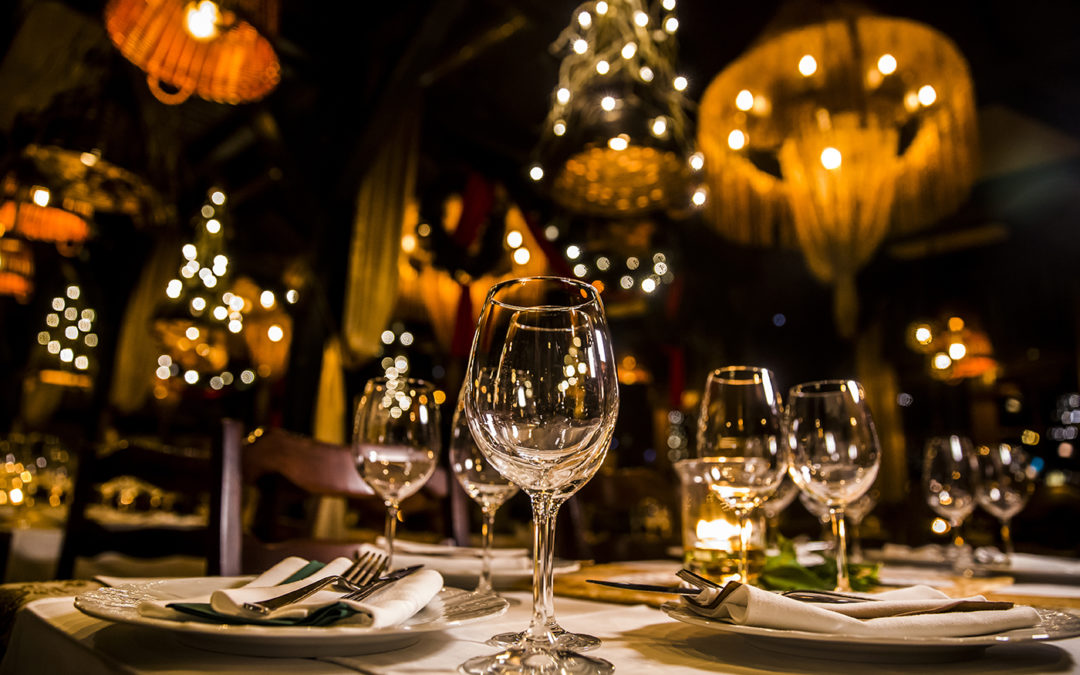Congratulations, you’ve landed that coveted fine dining assignment. After weeks of honing your undercover savvy and report-writing skills, you now have what it takes for a more advanced mission.
Secret shopping at a five-star restaurant is a little more complex than keeping score at the drive-thru. This job will likely take up more of your calendar space than previous jobs. Think hours, not minutes, in terms of how long you’ll need to be in character. Note-taking will also require more skill, since a seat at the table is much more conspicuous than a seat in your car. It would be no surprise if you again felt the newbie nerves heading into the restaurant.
Relax. You’re already adept at doing your homework. You know how to prepare for the hunt. So here’s the information you need:
Look through the microscope
Industry standards for fine dining are rigorous, to say the least. Prior to stepping through the bistro doors, you’ll want to take your usual eye for detail and multiply its acuity by 10. As told by the Star Tribune, you’ll be asked to take notice of everything from spotty silverware to improper lighting, crooked wall hangings to cluttered centerpieces and scuffed shoes to sub-par grammar. Even an incorrectly-held wine bottle makes the list of faux pas for upscale establishments. Precision of service is as important as the precision of your documentation. Study your assignment attentively and make a checklist for yourself.
Mind your words
Hold yourself to the same high standards you expect from your service. This means minding the little things, including the way you construct conversation, said the Mystery Shoppers Manual. You want your language to be as finely honed as the noiseless clearing of dishes. If you’re sloppy with your syntax, you risk compromising the integrity of your report findings. Inexact phrasing might tip off your host and prompt better service than you would have otherwise received.
Double up
Fine dining assignments hold the potential to be a two-for-one. Most fine dining assignments require a shopper to order at least two things from each section of the menu. It’s likely the quantity of food will be more than you can eat in a single sitting. Thankfully, most assignment rules allow for the request of packing up leftovers. One night’s mystery shop could mean the next night’s dinner. Not only does this help your personal grocery bill but it frees up time that would normally be spent cooking.
Fine dining is a luxury to look forward to, so a word to the wise: Be careful to compare menu prices to the reimbursement offered. You don’t want to be stuck footing a bill you didn’t plan on paying.
Don’t rush
You must eat some of each thing you’ve been asked to order, the Mystery Shop Maven pointed out. Quitting when you’re full isn’t an option. Think about how much food you’re normally able to eat in one sitting, and plan accordingly. Resist the temptation to eat the whole appetizer, simply because you’ve come to the table with an empty stomach.
Leave room for drinks
Most fine dining assignments ask that you order a glass of wine with dinner or pay a visit to the bar before or after the meal. If you start with a cocktail, play it safe with the timing so that you have your wits about you while eating. You won’t compromise your cover by not emptying your glass. There’s plenty more of the dining experience to savor.
Fine Dining Mystery Shopping
What should mystery shoppers focus on during a fine dining mystery shop?
Mystery shoppers should focus on the overall dining experience, including service quality, food presentation, ambiance, and how well the staff adheres to fine dining standards.
How can mystery shoppers evaluate the quality of service in a fine dining restaurant?
Shoppers should observe attentiveness, knowledge of the menu, the timing of courses, and the professionalism of the staff.
What are key aspects of the fine dining experience to document?
Key aspects include the interaction with the staff, the atmosphere of the restaurant, and the quality and presentation of the food.

